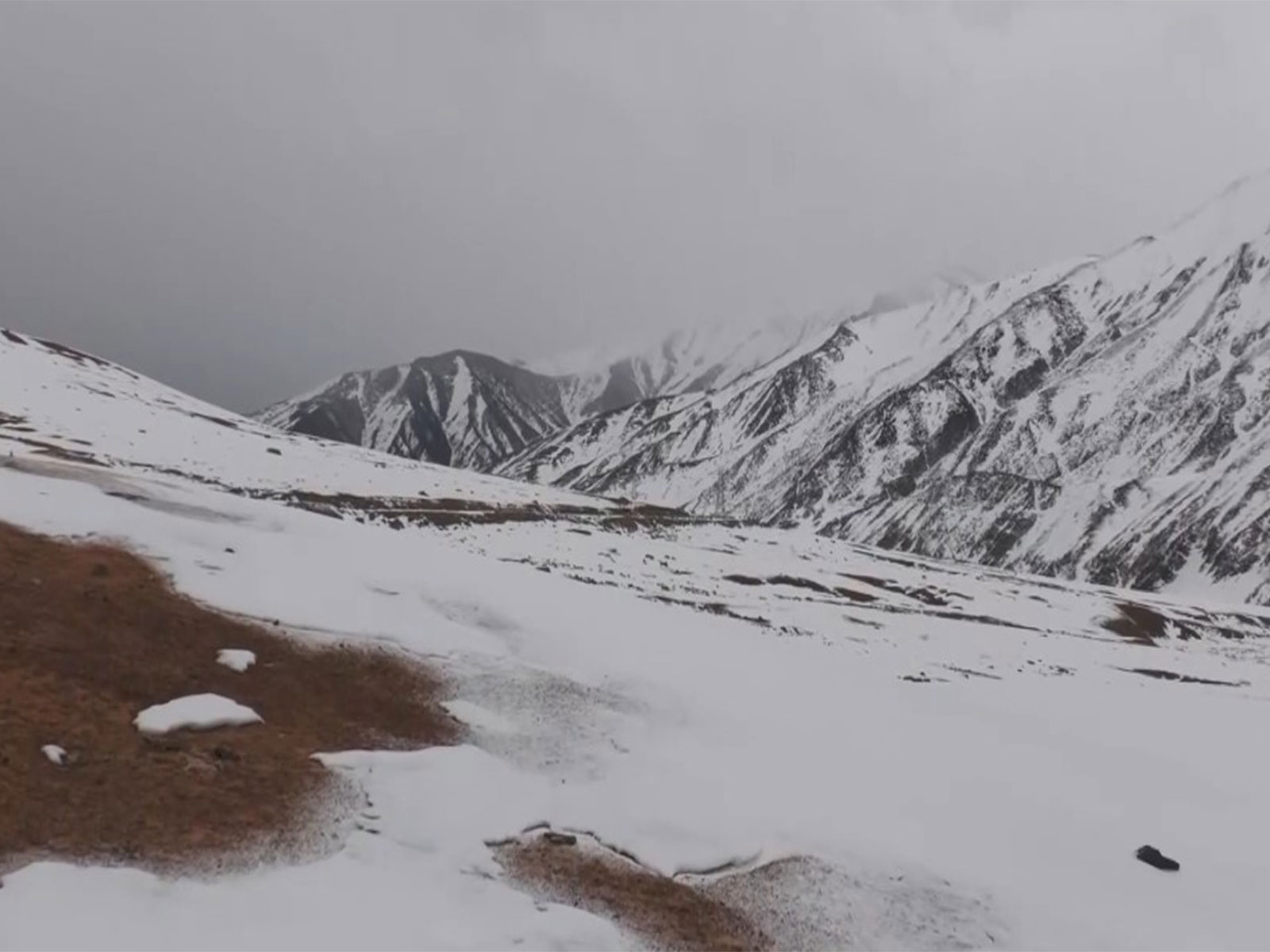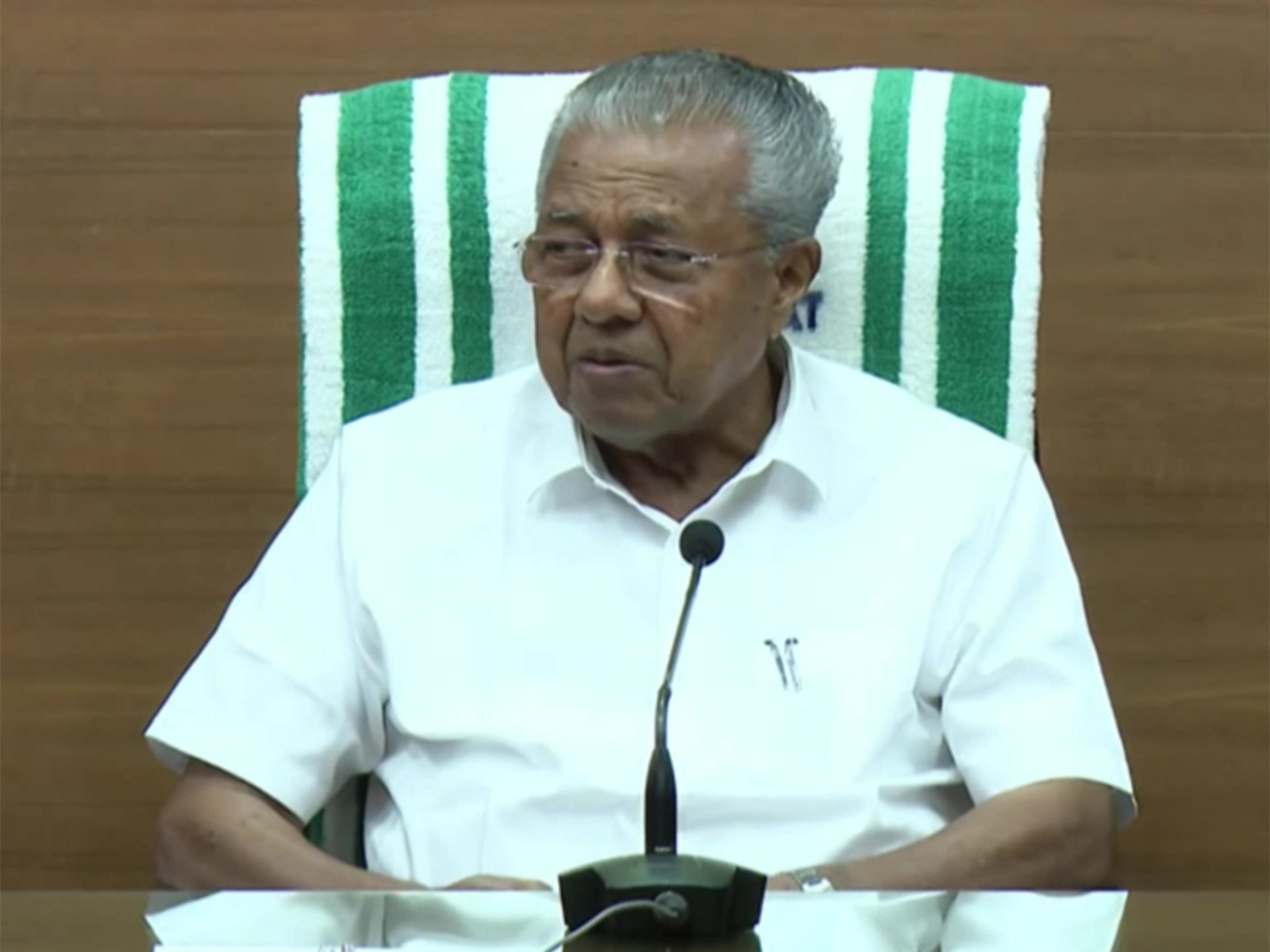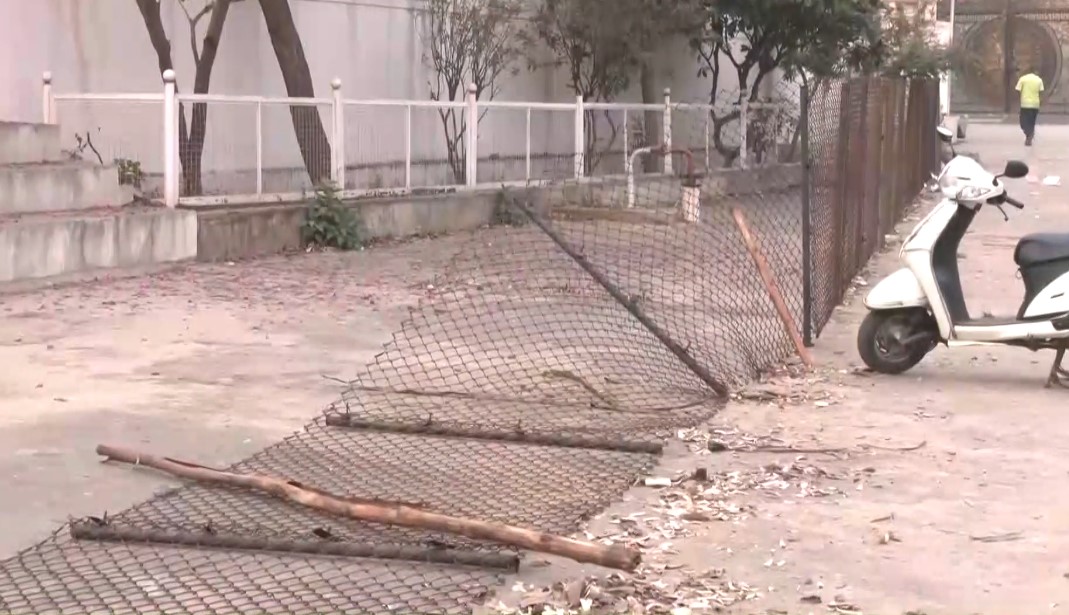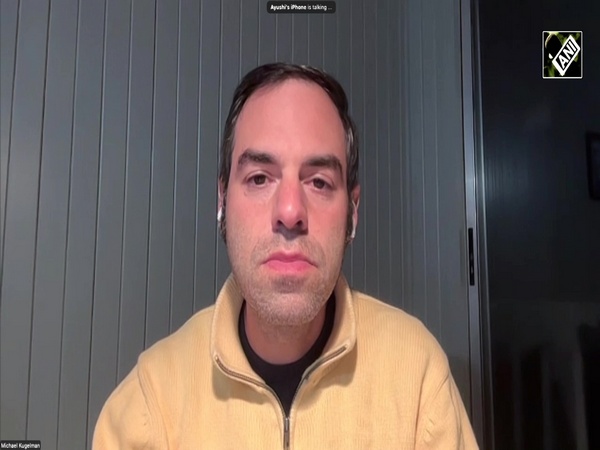Colombia's capital implements water rationing amid historic drought exacerbated by El Nino
Apr 12, 2024

Bogota [Colombia], April 12 : Bogota, the capital of Colombia, is set to implement water rationing this week as several reservoirs grapple with historically low levels exacerbated by the El Nino climate phenomenon, CNN reported.
In a press conference on Monday, Mayor Carlos Fernando Galan addressed the media, highlighting the unprecedented lows in reservoir levels aggravated by El Nino's impact, which brings elevated temperatures and hampers precipitation.
Starting Thursday morning, Bogota and its surrounding areas, encompassing dozens of towns and municipalities and impacting approximately 9 million residents, will face restrictions or rationing measures, as outlined in a statement on the city's official website, according to CNN.
The city emphasised that since June 2023, Colombia and the region have endured prolonged dry spells due to El Nino, exacerbating the water scarcity crisis.
Colombian President Gustavo Petro declared a natural disaster in January, enabling the government to mobilize additional resources to address El Nino's far-reaching consequences, including wildfires and water stress.
Under the implemented plan, nine distinct zones will rotate in rationing water services, with each zone's restrictions commencing at 8 am local time and lasting for 24 hours before transitioning to the next zone in the rotation.
Mayor Galan reassured that hospitals and schools have contingency plans in place to ensure uninterrupted access to water.
"The critical levels of the reservoirs from which we draw drinking water for Bogota lead us to take measures aimed at saving water and reducing consumption from 17 cubic meters per second to 15," Galan's post read.
"This must be the beginning of a behavioural change that is sustainable over time and guarantees that water is enough for everyone," the post added.
Colombia's situation mirrors that of Mexico, where the capital, Mexico City, also faces a severe water crisis due to prolonged periods of low rainfall, extended dry spells, and soaring temperatures, CNN reported.




















